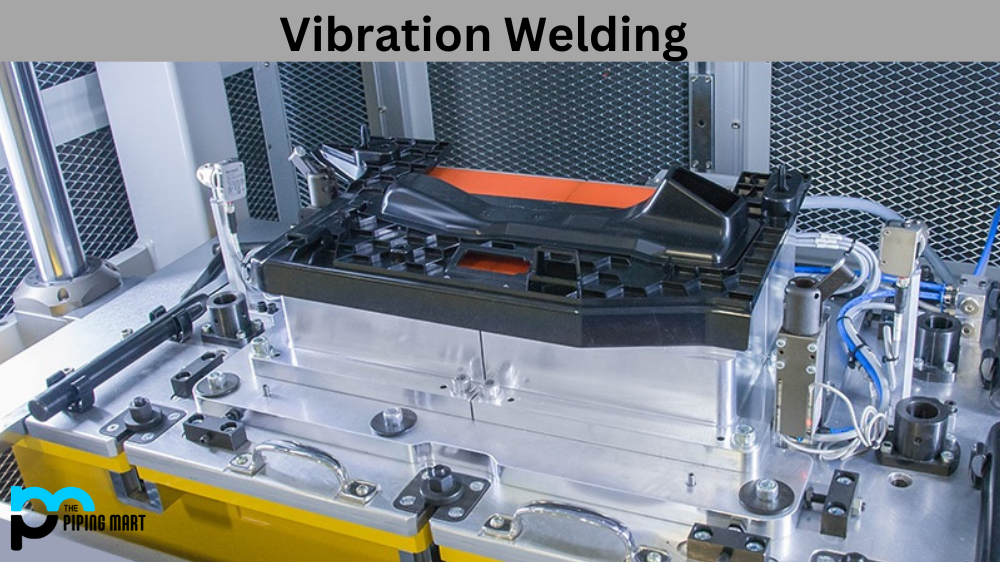Plasma cutting is a popular method of cutting metal, steel, and other materials. It uses the heat from an electric arc to cut through the material, creating a clean and precise cut with minimal effort. For those looking for an efficient and cost-effective way to cut materials, plasma cutting can be an excellent option. Let’s take a closer look at the advantages and disadvantages of this cutting technology.
Advantages of Plasma Cutting
One of the most significant advantages of plasma cutting is its speed. It cuts through materials faster than traditional methods such as sawing or grinding. Additionally, it creates a smooth cut that requires little to no additional finishing work. This can save you time and money in the long run by eliminating additional finishing steps.
Another advantage of plasma cutting is its accuracy. The precision with which this technology can create intricate shapes makes it ideal for detailed projects such as sculptures or art pieces. Additionally, plasma cutting is highly versatile in that it can be used on various materials, including steel, stainless steel, aluminum, copper, brass, and even some plastics.
- Plasma cutting is a process that uses a plasma torch to cut through electrically conductive materials.
- Plasma cutting is faster than traditional methods such as oxyfuel cutting.
- Plasma cutting produces less heat, which means there is less distortion of the material being cut.
- Plasma cutting produces a cleaner cut with minimal burrs or other imperfections.
- Plasma cutting is more precise than traditional methods, which means less material waste.
Disadvantages of Plasma Cutting
Plasma cutting does have some drawbacks as well. One major disadvantage is the noise generated by the process—it can be quite loud! Additionally, plasma cutting requires special safety precautions due to its high-temperature output; operators need to use protective clothing when using this technology to avoid injury or burns caused by sparks or hot metal particles that may fly out during operation. Finally, plasma cutting produces more fumes than other metal-cutting methods, such as oxyfuel burning or water jetting; these fumes must be appropriately managed for workers to remain safe while operating this equipment.
Limited to Metals
Plasma cutting is limited to metals. If you need to cut something that isn’t made of metal, then plasma cutting won’t work.
Not Suitable for All Metals
Plasma cutting also isn’t suitable for all types of metal. If the metal you’re trying to cut is too thick, then plasma cutting won’t be effective. Additionally, if the metal is coated with paint or another substance, it may not be possible to cut it with a plasma cutter.
Requires Expensive Equipment
To use a plasma cutter, you must have access to expensive equipment. This includes a power supply, an air compressor, and a plasma torch. If you don’t have access to this equipment, you won’t be able to use a plasma cutter.
Can Be Dangerous
If misused, plasma cutters can be dangerous. The high-speed stream of plasma emitted from the cutter can cause serious injuries if it comes into contact with the skin or eyes. Additionally, the heat generated by the plasma cutter can also be dangerous if it isn’t properly controlled.
Produces Hazardous Waste
Plasma cutting also produces hazardous waste in the form of slag. Slag is the molten metal that is ejected from the metal being cut. This molten metal can cause burns if it comes into contact with the skin and can also be difficult to clean up.
Conclusion:
In conclusion, plasma cutting offers many advantages over traditional methods, such as faster speeds and more accurate cuts; however, there are also some drawbacks, including loud noise levels and potentially hazardous fumes produced during operation that must be appropriately managed for workers to remain safe at all times when using this technology. Careful consideration should be given when determining if this type of metal-cutting method would be best suited for your project needs; speaking with experts in the field who are familiar with both the advantages and disadvantages associated with this technology can help you make an informed decision about whether or not it would be a good fit for your particular project requirements.

Meet Bhavesh, a seasoned blogger with a wealth of knowledge and experience. From metal products manufacturing to retail, Bhavesh has a diverse background in various industries and is dedicated to sharing his insights and expertise with readers.




